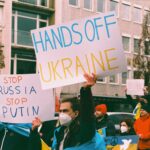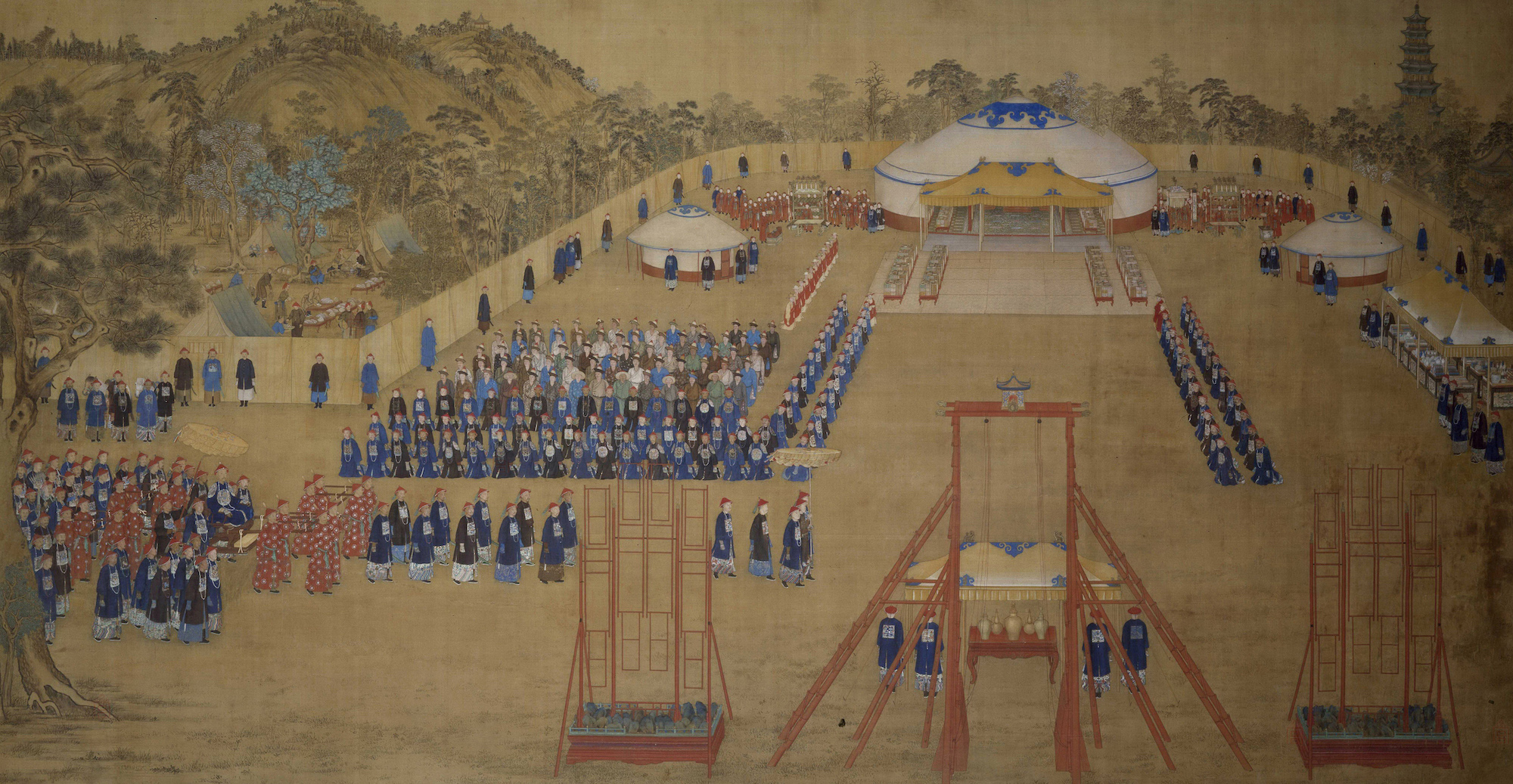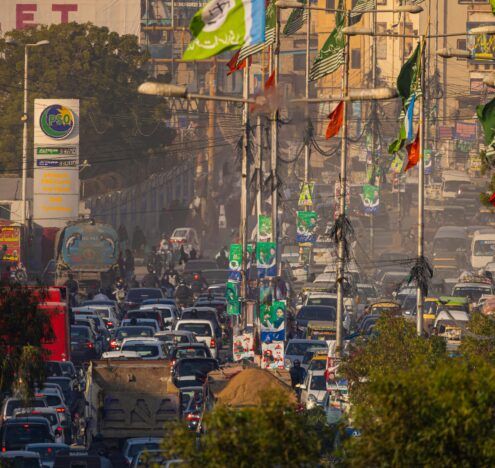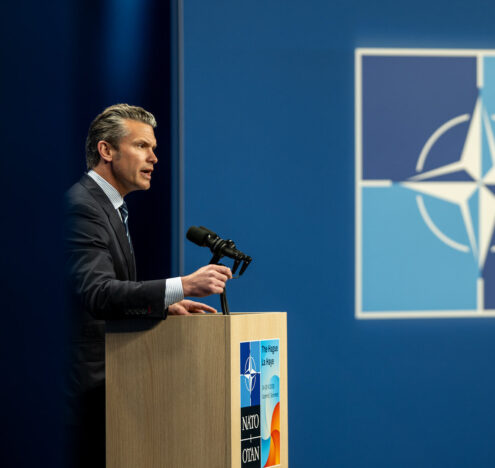The systematized oppression, control, and attempts at cultural erasure of the ethnic Uighur population in China’s Xinjiang province have rightly attracted the attention and condemnation of much of the world over the last several months and years. Unsurprisingly, much of what catches the attention of the media and the wider public are those aspects of the persecution that feel unmistakably contemporary: the facial recognition, the apps, the internet blackouts. By extension, those among us who might seek to persuade or compel the Beijing leadership to halt or reverse the oppression also look inevitably to present motivations: security, terrorism, tendencies of autocracy. However, the treatment Xinjiang as an occupied periphery to be remade by the metropole has roots in Chinese political behavior at least as far back as the 1750s, remained durable through the 19th century, and was bluntly articulated by the “Founding Father” of modern China, Sun Yat-sen, in 1920. The stakes for the CCP in the forced transformation of Xinjiang precede the founding of the regime and carry the weight of the promises they have carried forward into the present.
That said, it is not as though the present situation in Xinjiang compels our attention for the wrong reasons. Certainly not. The US Department of Defense has officially referred to the facilities in which Uighurs are being held as “concentration camps”. And a growing body of evidence being smuggled out of Xinjiang has described intensification of surveillance and the technologically-advanced, powerful, and effective methods of control of daily life even when Uighurs are not formally incarcerated. As we in the US are engaged in an internal debate re-assessing the results of the previous 40 years of China policy and its future direction, the grotesqueries on display in Xinjiang, sometimes called the world’s most powerful Police State, provide stark evidence of the kind of society and governance we find odious, and usefully frame debates about engagement and tradeoffs in 2019 and henceforward. But questions about the origins of these behaviors must be incorporated, as well.
It has been argued that the current manifestation of systematized ethnic repression and concentration in Xinjiang arose in response to the Uighur riots in Urumqi in July 2009, and then kicked into overdrive after the 2014 Kunming train station attack that killed 35. However, those 2009 riots were not sui generis; they arose out of decades of explicit policies of the transfer of millions of the Han Chinese population from metropolitan to peripheral China, the immense cultural changes this brought to Xinjiang, and the pressure it put on the local Uighur people. Metropolitan Han Chinese culture, cuisine, family habits, and style of modernity was — and remains — wildly different to the Turkic, Muslim Uighurs, and the Beijing authorities were determined to strengthen the ties between Xinjiang and the coastal Chinese core, while weakening those between Xinijang and Central Asia, as Jonathan Holslag discussed in his 2015 monograph, “China’s Coming War with Asia.”
The drive among the core elite of China to relate to Xinjiang as a peripheral, occupied territory long precedes the founding of the People’s Republic in 1949.
The drive among the core elite of China to relate to Xinjiang as a peripheral, occupied territory long precedes the founding of the People’s Republic in 1949. This conception of the place was present in the impetus for the completion of the Qing conquest of the territory under the Qianlong Emperor in 1757, which first resulted in the particularly brutal extermination of the Dzunghar people. It should be noted that the territory was not thereupon immediately thrown open to Han (or Manchu) colonization in the 18th century, but it was maintained as a heavily militarized border zone at the rather substantial expense to the imperial fisc of 3 million taels, or nearly 5% of total state revenue at the time. This underscores the importance the court placed on maintaining a firm grip on a relatively non-productive, largely inaccessible piece of territory so far from the imperial core, and of the imperialist view held of the Xinjiang territory by the state and its elite.
By the mid 19th century, even as the Qing court was rocked by the Opium Wars and the Taiping rebellion, it dedicated the resources to prosecute a brutal 15-year war of suppression against an uprising by Turkic Muslims in its Western provinces, resulting in the violent expulsion of millions of ethnic Dungans and the formal conversion of the occupied territories into the province of “Xinjiang,” which means “New Borderlands.” Further, at this time, prominent Han scholars like Gong Zizhen and Wei Yuan were beginning to argue publicly that resettlement to Xinjiang be used to alleviate population pressures in the core and provide land to the landless Han population. To put it in American history terms, at roughly the same time the US government was planning and executing the giveaway of millions of square miles of its western territory, recently violently captured from the previous inhabitants, there were prominent thinkers in China who were suggesting the same in their own empire. Those like Gong and Wei were important in prefiguring the modernizing impetus in Chinese political thought. But it was Sun Yat-Sen, founder of the Nationalist Party, and still regarded as the political father of the nation in both Mainland China and Taiwan, who articulated much of the Chinese modernity still in evidence across Chinese society today, also visible in the central authorities’ approach to Xinjiang.
In 1920, in an effort to attract investment to, and help shore up the finances of the new Chinese republic, Sun wrote “The International Development of China.” A brief primer on his jumble of ideas for the political, social, and economic development of the country, “Development” is part policy tract, part geographic tour, and part investment prospectus. Across six “programs,” Sun lays out, in occasionally ludicrous detail, the anticipated routes of new rail lines, layouts of planned seaports and canals, and speculative revenue structures of new industries. But he also spends a substantial chunk of the brief work on plans for “The Colonization of Mongolia and Sinkiang.” In blunt language (Sun wrote in English) he captured the attitude of the Chinese republican elite toward their new western periphery:
The Colonization of Mongolia and Sinkiang is a complement of the Railway scheme …. The results of the United States, Canada, Australia, and Argentina are ample proofs of this. In the case of our project, it is simply a matter of applying waste Chinese labor and foreign machinery to a fertile land. …Therefore, I propose that the whole movement be directed in a systematic way by state organization with the help of foreign experts and war organizers, for the good of the colonists particularly and the nation generally.
He later describes a primary purpose of the proposed “Great Northwestern Railway” as opening up the “vast, unpopulated territory” in Xinjiang, and the importance of securing state financing to provide homestead lands to demobilized soldiers. The list of such plans goes on, but the point is clear already. In language and ideas redolent of anything with which his contemporaneous Western imperialists would be familiar, Sun articulated a claim to the possession of these peripheral territories, and the strong implication that he and his new republic intended to treat it much as any of the white settler states he mentioned had treated their own “vast, unpopulated” territories: a colonial possession for transformation by the core. And indeed, this is much what we are witnessing today, with capacities far beyond anything Sun imagined.
This characterization of Sun stands in contrast to his durable political reputation at home as an anti-imperialist hero, and may strike many as incongruent with their knowledge of him. But whether this writing was performative endorsement of the rhetorical tropes of the Western imperialists to attract investment, or a sincere statement of vision, his stated attitudes in “The International Development” bear the intellectual pedigree of the late Qing imperialists and also prefigure many of the policies that would be later undertaken by the Communist Party. These ideas should not be discounted merely by dint of their association with a previous regime.
In 1949, the Chinese Communist Party inherited almost precisely the geography and demography that, just 38 years earlier, the world was comfortable labeling an empire. But the absence of a throne should not obscure the fact that the relationship between core and periphery in China under the CCP maintains continuities from the republic it overthrew, as well as the empire that birthed them both. Since at least the mid-18th century, Chinese authorities of three different regimes have seen the New Borderlands as a space to occupy and make their own. Those of us who might wish to dissuade the CCP from its present course should take note.
The Party has long centered its own legitimacy around redeeming the promises of a past Chinese greatness. To the extent that they understand the conquest and transformation of Xinjiang as an integral part of that historical redemption, they will likely be willing to pay a much higher price for its maintenance than we are willing to match.
Peter T. Charles is a writer and a PhD student in Chinese politics and history in New York City.




















